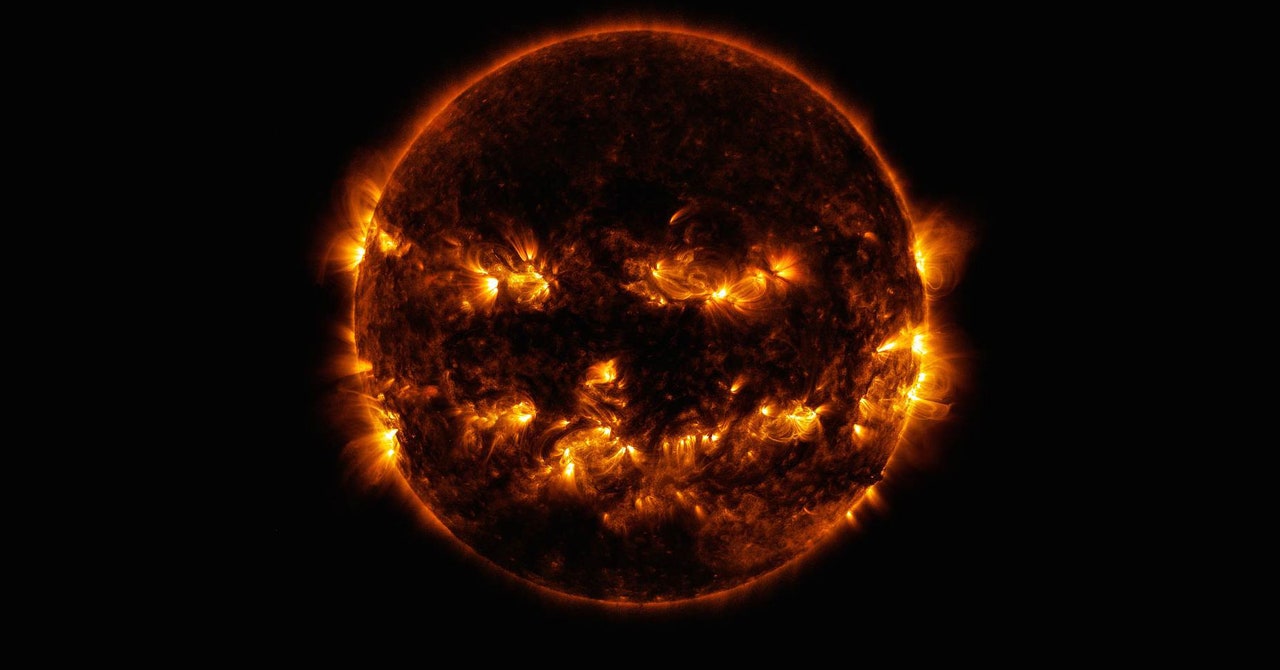And so this engine would be immune to the inverse square law? Yeah, maybe once it gets far enough out the EM Drive kicks in. I could see a Solar or Sunlight powered reaction engine used in or its maybe out to 2 AU but I question just how efficient it would be given the mass of the mirror system and the chamber used to heat the propellant to a temperature that would produce a high enough increase in performance versus systems now on use. Current chemical fueled engines use a propellant heated by the burning of a fuel/oxidizer mixture. The heated combustion product is the propellant. Granted a solar powered engine eliminates the oxidizer.

